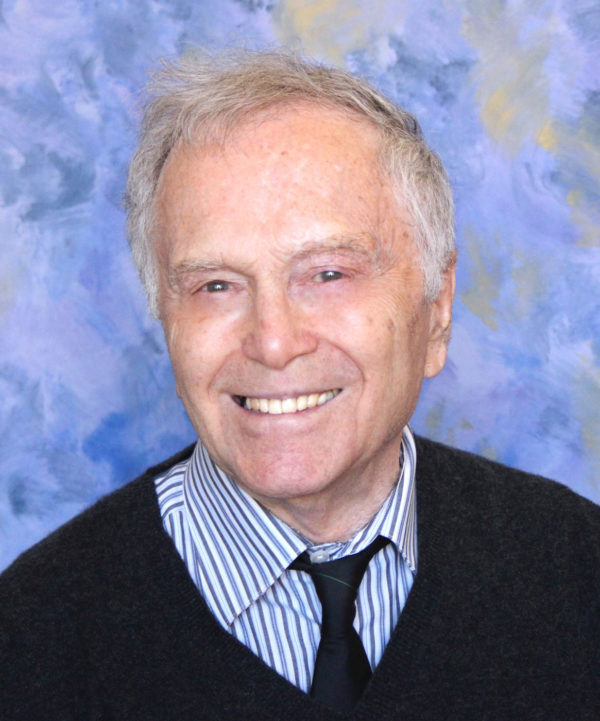Event Details
We present a brief review of the theory and experiment of quasi-equilibrium Bose-Einstein condensation and superfluidity of magnons in a film of Yttrium Iron Garnet (YIG). The Bose-Einstein condensation of magnons in YIG film at room temperature under the RFf pumping was discovered in 2006 by the Munster experimental team led by S. Demokritov. We describe their experiments [1,2] and explanation of their results by theory [3,5].
There are two equal minima of energy in the magnon spectrum of YIG film at non-zero momenta and therefore two condensates. The same experimental group has discovered the interference of the two condensates [2] thereby proving their coherence.
Theory [3] attracted attention to the strong degeneration of the ground state of non-interacting magnons with respect to distribution of them between two minima. This degeneration is lifted by the magnon interaction. Theory predicts that interaction leads to spontaneous violation of the reflection symmetry and non-equal number of magnons in two condensates for thick films. In thin films the condensate is symmetric at low magnetic field and transits to to non-symmetric state at higher field. Dipolar interaction depends on the phase of the condensate wave function. In quasi-equilibrium it traps the phase.
Two obstacles for the magnon superfluidity are the dominance of the normal magnon density over the condensate approximately 100 times and the phase trapping. We show that the velocity of the superfluid part of magnon gas is by 5-7 decimal orders larger than the velocity of normal part at typical values of magnetic field and its gradient. Thus, the spin current is mainly superfluid. The phase trapping is a consequence of non-conservation of the spin angular moment that turns into the orbital moment by dipolar interaction. Therefore, the number of magnons is not conserved locally, stationary spin current becomes inhomogeneous. But it conserves globally due to the remaining discrete symmetry [4].
We propose to observe magnon superfluidity creating a soliton bouncing between two reflecting boundaries. We discuss theory of superfluid solitons and prospects to reproduce all these phenomena in nano-scale samples [5].
1. S.O. Demokritov et al., Nature 443, 406 (2006)
2. P. Nowik-Boltyk et al., Sci. Rep. 2, 482 (2012)
3. F. Li et al., Sci. Rep. 3, 1372 (2013)
4. C. Sun et al., Phys. Rev. Lett. 116, 257205 (2016)
5. C. Sun et al., J. Phys. D, 2017
